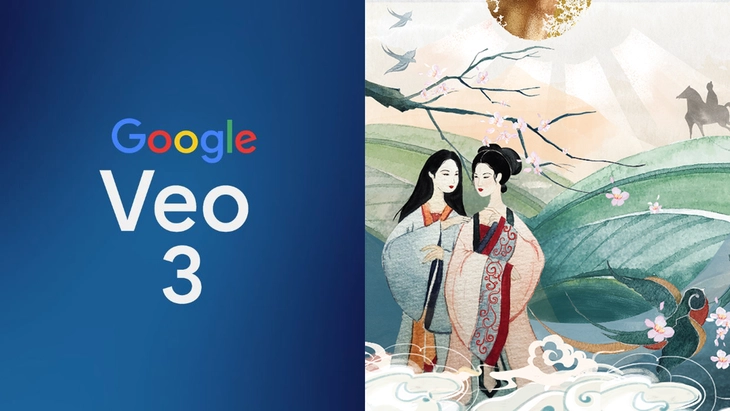
Veo 3 'revives' works, childhood memories or magical dreams
Imagine being able to “film” The Tale of Kieu with just one paragraph. Or reenact your childhood – the sound of cicadas in the summer, kites in the wind, a shaky bamboo bridge by the pond – in an incredibly realistic way. What was once seen only in science fiction is now becoming a reality, thanks to the development of Generative AI with Veo 3.
At the heart of this technological wave is Veo 3 — Google DeepMind's latest video -generating model.
Veo 3 revives classic literary works
With the ability to turn text into video with high-quality images and sounds, Veo 3 is not only a technological tool, but also a modern "time machine", helping us return to the past, enter dreams, and relive memories that only exist in the mind.
In the era of artificial intelligence, Veo 3 - the latest AI video generation model from Google DeepMind - is opening magical doors for content creators.
Not only stopping at the technical aspect, Veo 3 inspires to recreate childhood, surreal dreams and even classic Vietnamese literary works.
From the scene where Kieu meets Kim Trong under the moonlight, to the moment when Thuy Kieu visits Dam Tien's grave in the magical mist - all can be recreated by AI in an inspiring way in just a few minutes.
The model not only recreates the character image and background, but also adds sound effects such as flute sounds, footsteps, wind sounds - creating a complete listening and viewing experience.
'We tried to recreate the scene where Thuy Kieu meets Dam Tien - and it was incredible how Veo recreated the hazy scene in the cloud hermitage, with the sound of flutes echoing in the wind. It felt like watching a real historical film.'
Not only stopping at Truyen Kieu , De Men Phieu Luu Ky also became a popular source of inspiration to experiment with Veo 3.
Fields of tall grass, starry skies, marching ants, or the amazing journey of Cricket are all vividly recreated, in a cartoon or semi-realistic style, depending on the user's description.
Thanks to deep language processing, Veo 3 captures the context, emotion, and narrative rhythm of a work - something that previous AI tools have been limited in.
This could be an important step forward in applying AI to literaryeducation , cultural creation and preservation of spiritual heritage.
Childhood memories are no longer a dream

Veo 3 fulfills dream of flying over sunflower field
Not just stopping at literature, Veo 3 is creating a wave of personal creativity as many people use this tool to recreate memories into vivid videos.
From the hot summer noon, folk games, to the home fire, all can be "filmed" with just descriptions. Veo sets up the scene, adds sound, and creates a short film full of emotions.
On social networks, many young people have used Veo to “revisit” their childhood: sitting behind their father on an old bicycle, or returning to a red-tiled classroom with the sound of autumn drums.
Veo also touches on surreal dreams that could only be told in words before. “I used to dream of flying over a field of sunflowers. Now Veo shows me that,” shared one designer.
With the ability to transform emotions into images, Veo is not only an artistic tool but also a door back to what we thought we had forgotten.
From technology to culture
One of the major breakthroughs of Veo 3 is its universality and ease of use. No need for complex video editing software or professional graphics skills, users just need to enter a description in natural language, the system will automatically generate a complete video, from images, movements to sounds.
This has created a quiet revolution in content creation. From being a “playground” for technical people, Veo 3 is now open to everyone, where anyone can tell their story through images.
In Vietnam, Veo has begun to be applied in education and cultural communication. A literature teacher in Hanoi shared: "I use Veo for students to review The Tale of Kieu , they really like it because it is like a movie, not dry anymore."
Many other teachers also use Veo to teach history, geography, ethics, and life skills with visual videos from seemingly rigid topics.
Not just in education, young artists, YouTubers and independent content creators are experimenting with Veo to tell stories through poetry, visual short stories, and personal short films.
In a world where video is the dominant media language, the ability to tell visual stories is no longer a privilege, but a universal tool, from elementary school students to cultural researchers.
Veo 3 is not just a video creation tool, but a gateway for artificial intelligence to enter cultural life, education and personal memories.
When everyone can retell old stories, recreate literature or dreams in pictures, the boundary between technology and human emotions is gradually blurring.
The question now is no longer "What can AI do?" but: how will we use AI to tell our story, a story that carries Vietnamese identity, intelligence and soul.
Ethics and copyright notice
In addition to its outstanding creative potential, Veo 3 also places serious demands on ethics and copyright. The reproduction of literary works, historical figures or human images must comply with the law and respect the original.
Some experts warn that if left unchecked, Veo could be misused to create content that distorts, forges, or distorts culture. In particular, when videos reach a high level of authenticity, the risk of misunderstanding and spreading misinformation is even more worrying.
Google has built-in mechanisms for moderation and detection of abusive content, but the user's role is still decisive.
Using AI responsibly will determine whether Veo becomes a tool for cultural exploration or a double-edged sword.
Source: https://tuoitre.vn/nhung-tac-pham-kinh-dien-nhung-ky-uc-tuoi-tho-nhung-giac-mo-song-lai-voi-veo-3-20250602110551459.htm








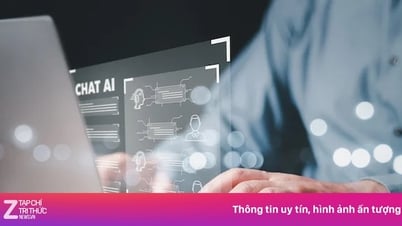

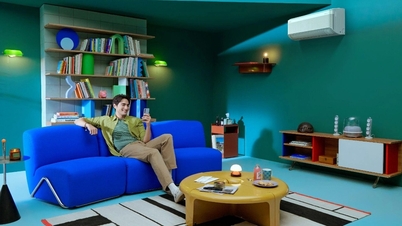

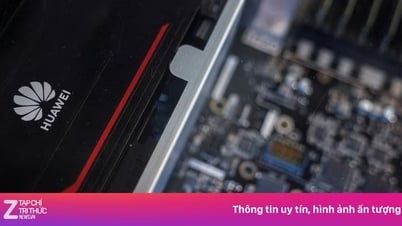



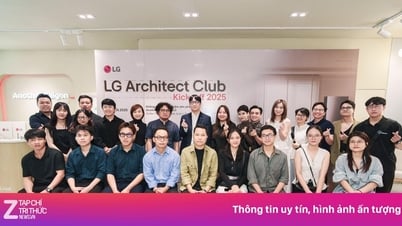





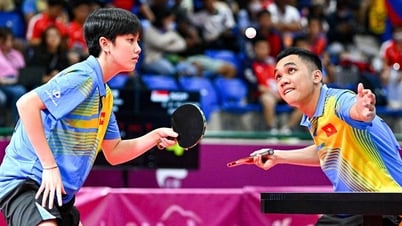




















































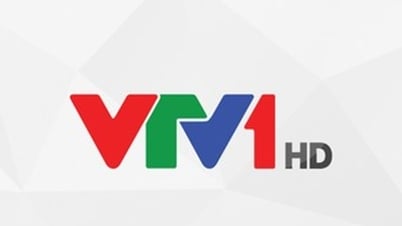

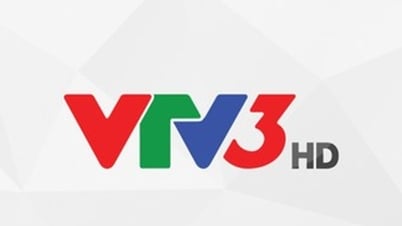
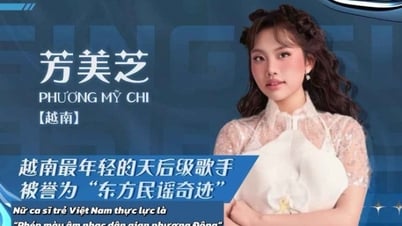











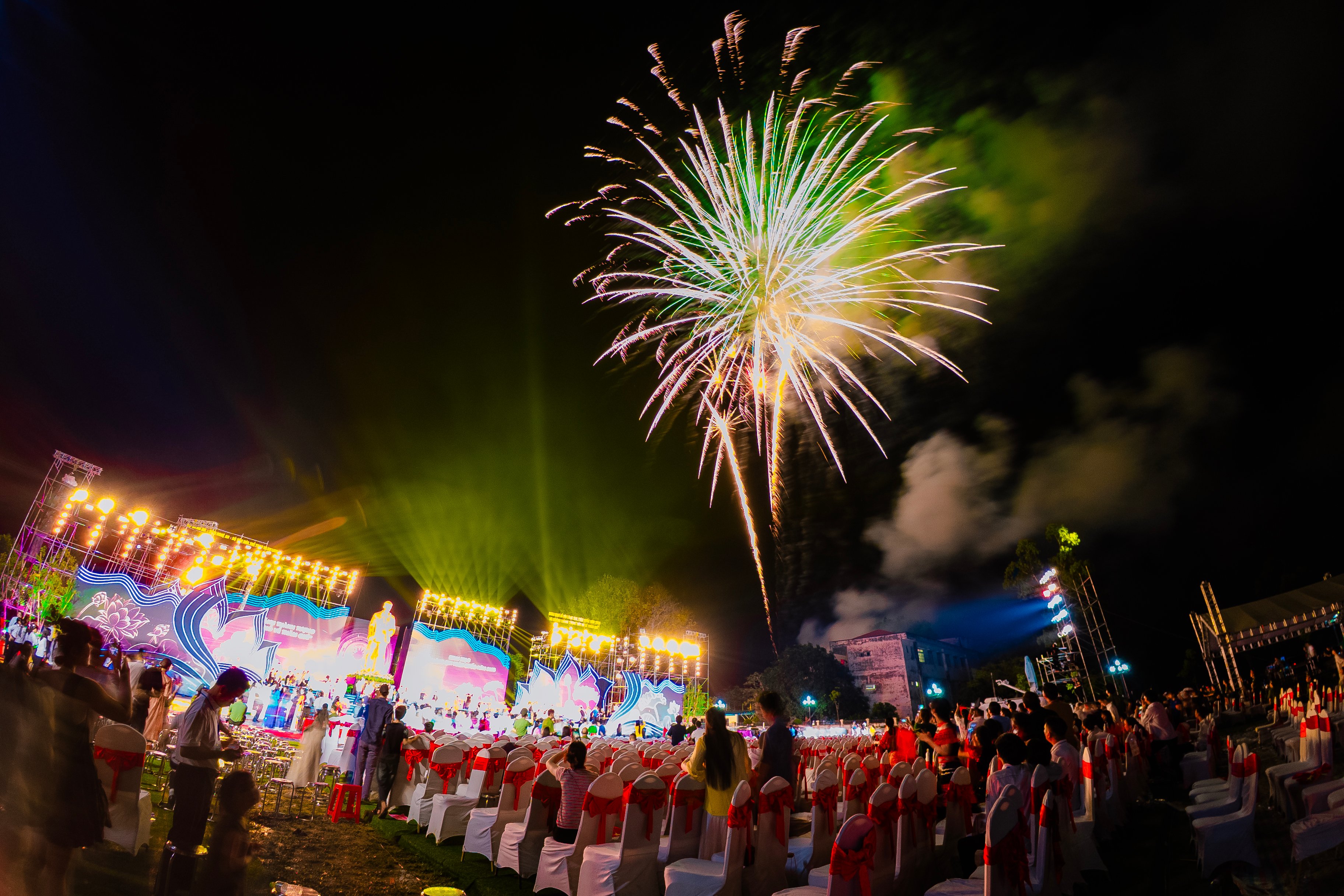
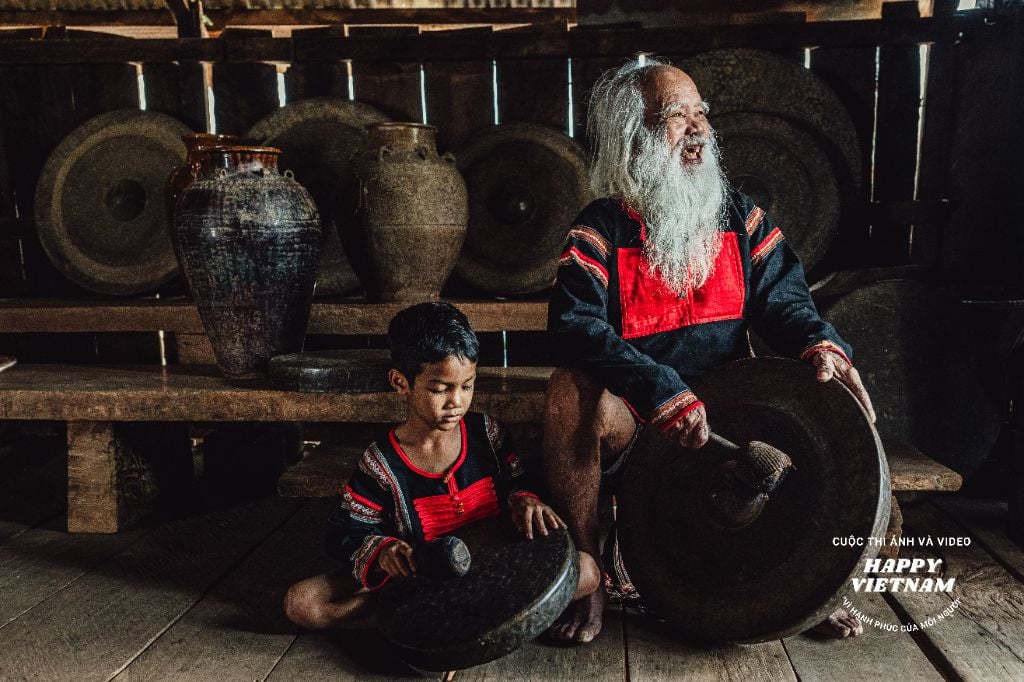
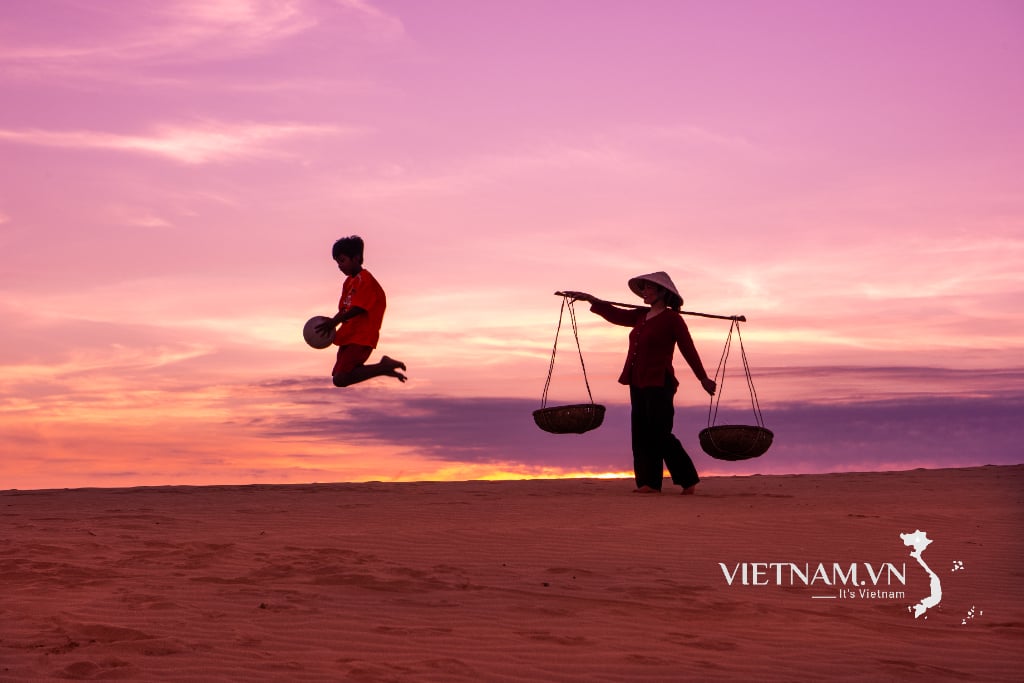

Comment (0)